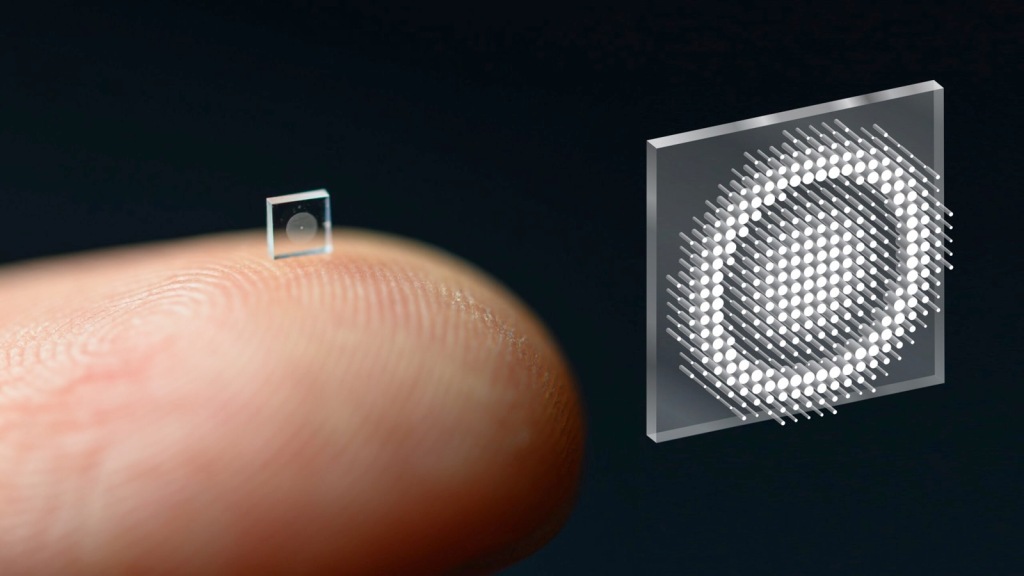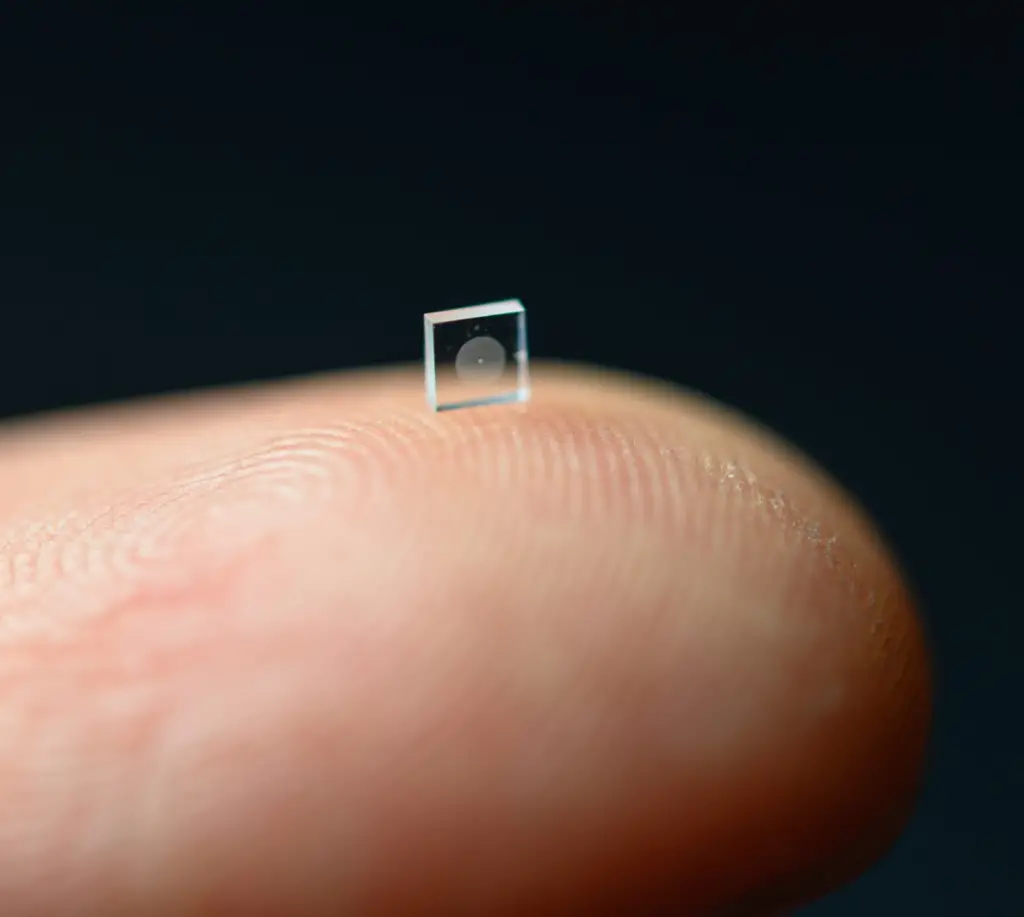Science & Tech
Amazing Ultra-Compact NanoCamera Is The Size of a Grain of Salt And Takes Incredible Photos
The future is now.

Technology is advancing in ways many of us can’t fully comprehend just yet. In fact, the “future” might already be here. We may not have space cities and flying cars like The Jetsons, but considering recent scientific inventions, we are getting close. Computers are getting more powerful, transportation is starting to incorporate clean energy, and cameras can be as small as a grain of salt.

Using metasurface technology, these innovative ultra-small devices can take incredibly detailed photographs. Nano-cameras are comparable to other cameras over half a million times larger and offer the world a new way to view the intricacies of the human body, plant life, and more.
“Metasurfaces, the corresponding two-dimensional metamaterials, can flexibly control the amplitude, phase, and polarization of light through sub-wavelength units, compared with the traditional lens that relies on the modulated light beam to accumulates the phase delay during the transmission, it is smaller in size, lighter in weight, and suitable for device miniaturization and system integration.”
This new optical system is created in much the same way as a computer chip and is only half a millimeter wide. On this ultra-small chip are 1.6 million cylindrical posts, each one operating as an optical antenna to generate a correctly shaped optical wavefront.
“It’s been a challenge to design and configure these little nano-structures to do what you want,” said Ethan Tseng, a computer science Ph.D. student at Princeton. “For this specific task of capturing large field of view RGB images, it was previously unclear how to co-design the millions of nano-structures together with post-processing algorithms.”
Once researchers started testing different material structures and components, they discovered something unique about their nano-camera. These super small optical lenses are more cost-effective to produce on a mass scale than current camera options. Furthermore, their use of application is exponentially more versatile than that of other mainstream cameras.

“Although the approach to optical design is not new, this is the first system that uses a surface optical technology in the front end and neural-based processing in the back,” said Joseph Mait, former senior researcher and chief scientist at the U.S. Army Research Laboratory.
Hopefully, this technology will help forge the future of medical science. The software and algorithms used in these ultra-small cameras could eventually be used to automatically detect early warning signs of disease in the body.
Other potential uses the researchers have come up with may be implemented by computer manufacturers and smartphone companies. Imagine having the entire back of your phone be a camera or your laptop screen. Instead of needing 3 or 4 cameras on a device, you could get an incredibly detailed image just through the metasurface options.
“We could turn individual surfaces into cameras that have ultra-high resolution, so you wouldn’t need three cameras on the back of your phone anymore, but the whole back of your phone would become one giant camera,” says computer scientist Felix Heide from Princeton University. “We can think of completely different ways to build devices in the future.”

These ultracompact imagers have been able to use light wavelengths and metasurfaces to enhance detail on photographs to an almost unimaginable level. Nature.com
There are countless applications for these cameras, and it looks like the future is here to stay.
Sources:
- Science Alert – “This New Ultra-Compact Camera Is The Size of a Grain of Salt And Takes Stunning Photos” December 4, 2021
- Princeton University – “Researchers shrink camera to the size of a salt grain” November 29, 2021
- Frontiers in Physics – “Multifunctional Metasurface Lens With Tunable Focus Based on Phase Transition Material” April 29, 2021
- Nature.com – “Neural nano-optics for high-quality thin lens imaging” November 29, 2021
Typos, corrections and/or news tips? Email us at Contact@TheMindUnleashed.com
